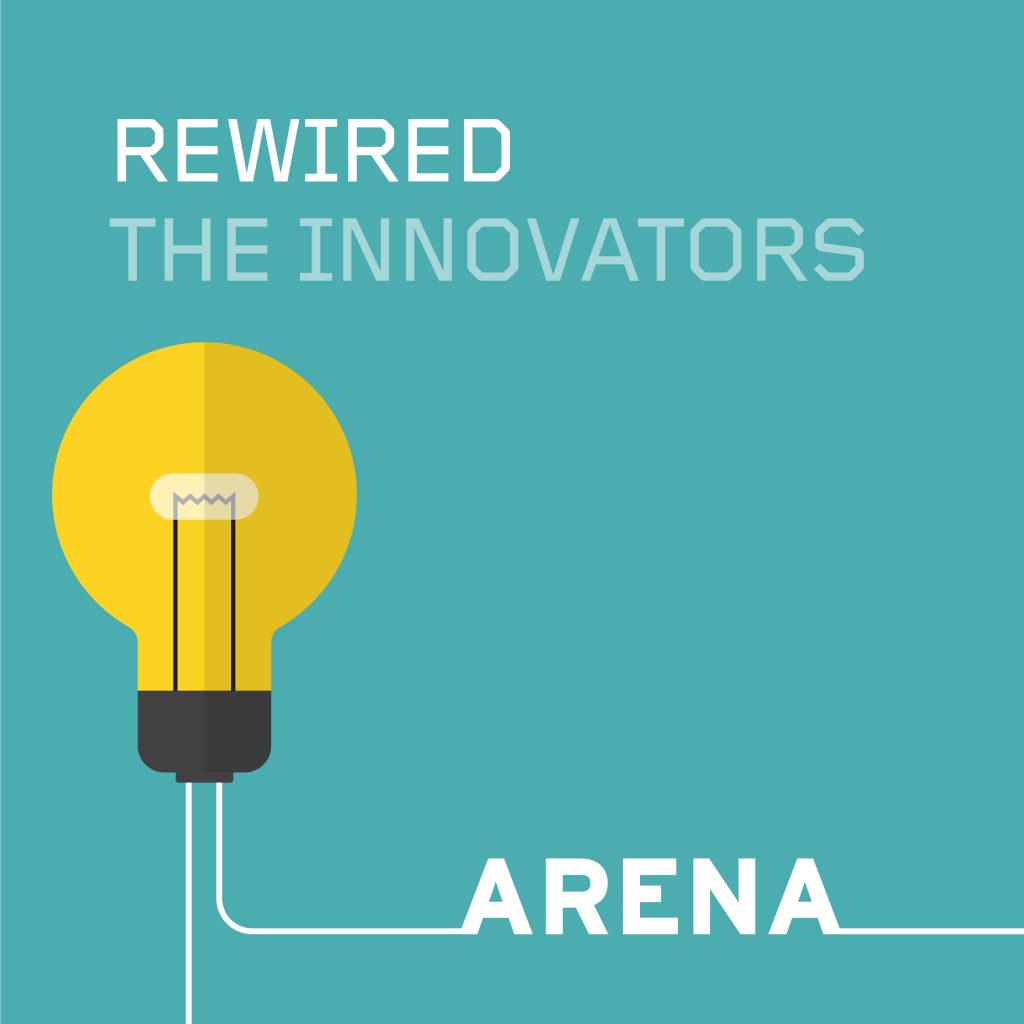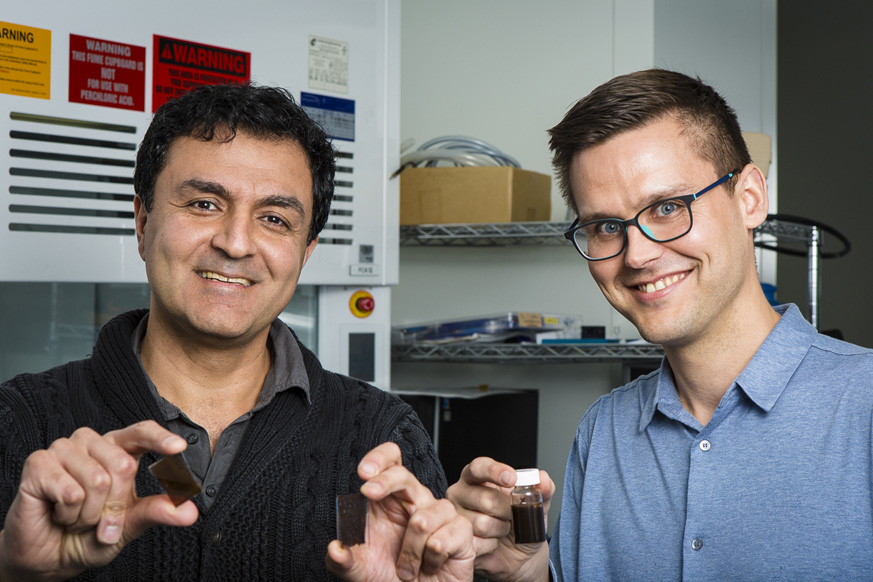The Innovators podcast: Painting the future solar
There’s a key rule in the lab at RMIT’s School of Engineering: no idea gets thrown in the bin.

 SUBSCRIBE TO OUR PODCASTS
SUBSCRIBE TO OUR PODCASTS
And that’s precisely what saved the work of Dr Torben Daeneke and one of his students, when a months-long project into developing a hydrogen gas sensor failed.
“Our sensors were not functioning properly and the student came to me at some point and said, “Look, whatever I do I get this random result,” Daeneke recalls in episode two of ARENA’s new podcast, ReWired: The Innovators. The pair investigated, bringing distinguished professor Kourosh Kalantar-Zadeh into the fold, and established that the synthetic material they were working with, a substance called molybdenum sulphide, was reacting to moisture in the air.
“We realised this strong absorption was unusual, extraordinary,” Kalantar-Zadeh says.

They were faced with a challenge: what else could they do with this substance to make it useful? And this is where a story that seemed headed for failure makes a distinct pivot towards success.
In this episode of The Innovators, Daeneke and Kalantar-Zadeh join host Adam Morton for an in-depth discussion into the steps – forwards and back – that lead to their eventual invention of a hydrogen-producing solar paint, and what its future applications might be.
EPISODE ONE: ‘Power to the People’, featuring PowerLedger co-founder and chair, Jemma Green
Molybdenum sulphide-based materials are known to be useful catalysts for splitting hydrogen from oxygen in water and Daeneke, who has a background in electrical solar cells, wondered whether it could somehow have a solar application. Once they decided to change tack, the team moved quickly and mixed the substance with titanium oxide, a common ingredient of sunscreen and cosmetics, to make the paint.
“What happens when this titanium oxide absorbs light is that it creates, essentially, an electrochemical voltage inside these particles. So it’s acting like a miniature solar panel,” Daeneke says.
Although still very much in its infancy, their research into using the water found in air moisture manages to simplify what has until now been a comparatively energy-intensive process.
“This is actually the joy and pleasure in the lab; that we see something (and) we just randomly move our direction towards that. It’s exciting,” Kalantar Zadeh says.
To hear more about the project and the potential for hydrogen as a renewable energy source, subscribe to episode two of ReWired: The Innovators, hosted by Adam Morton. Or catch up on episode one, featuring PowerLedger co-founder and chair, Jemma Green.
This article was originally written by Dewi Cooke, Writer.

ARENA